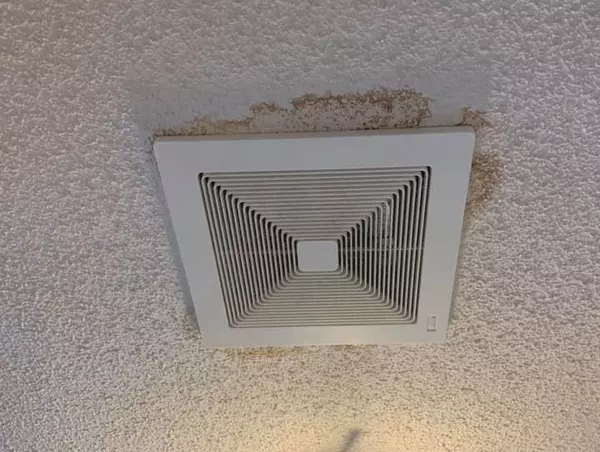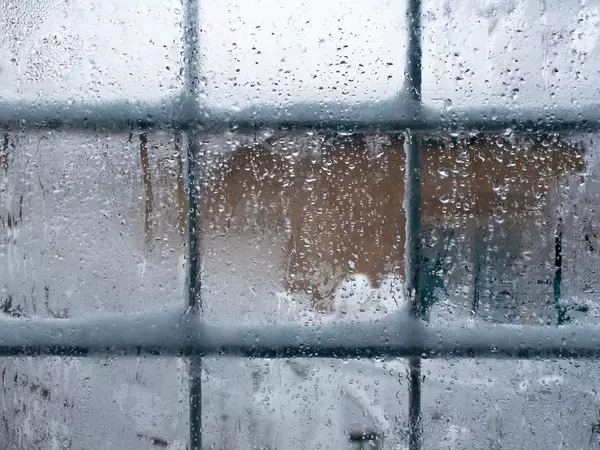Understanding Moisture and the Essentials for Your Home
Moisture is a silent intruder that can wreak havoc on your home if left unchecked. From the elusive threat of mold to structural damage, understanding how moisture affects your living space is essential for maintaining a healthy and comfortable home. In this blog, we'll explore the fundamentals of moisture management and provide you with essential tips to keep dampness at bay.
1. **Identifying Moisture Sources:**
The first step in moisture management is identifying potential sources. Leaky roofs, damaged pipes, and poor ventilation are common culprits. Regularly inspect your home for signs of water damage, such as water stains on walls or ceilings, musty odors, or damp spots. Addressing the source promptly can prevent long-term issues.
2. **Proper Ventilation:**
Effective ventilation is a key player in moisture control. Ensure that your home is well-ventilated, especially in areas prone to moisture buildup like bathrooms, kitchens, and basements. Use exhaust fans, open windows when weather permits, and consider installing a dehumidifier in particularly humid spaces to regulate moisture levels.
3. **Maintain Gutters and Downspouts:**
Clogged gutters and malfunctioning downspouts can lead to water pooling around the foundation of your home, creating an environment conducive to mold and mildew growth. Regularly clean gutters and ensure that downspouts direct water away from your home's foundation to prevent potential water damage.
4. **Seal Cracks and Gaps:**
Small cracks and gaps in your home's exterior can be entry points for moisture. Inspect your home for any openings in walls, windows, or doors, and seal them with caulk or weatherstripping. This not only helps in moisture prevention but also improves energy efficiency.
5. **Monitor Indoor Humidity:**
Maintaining the right indoor humidity level is crucial for preventing mold growth. Invest in a hygrometer to measure humidity levels and aim for a range between 30% and 50%. If the humidity is consistently high, implement moisture reduction strategies like using a dehumidifier or improving ventilation.
6. **Regular Roof Inspections:**
Your roof is your home's first line of defense against the elements. Regularly inspect your roof for damaged shingles, leaks, or other issues that might allow moisture to penetrate. Addressing roof problems promptly can prevent water from seeping into your home and causing extensive damage.
7. **Use Moisture-Resistant Materials:**
In areas prone to moisture, choose building materials that resist water damage. Consider using moisture-resistant drywall, paints, and flooring options. Additionally, ensure that your home's exterior is properly sealed and painted to provide an extra layer of protection against the elements.
8. **Promptly Address Water Leaks:**
Whether it's a dripping faucet, a leaking pipe, or a malfunctioning appliance, any form of water leakage should be addressed immediately. Ignoring small leaks can lead to significant water damage and mold growth over time.
Understanding the essentials of moisture management is crucial for maintaining a healthy and durable home. By staying vigilant, identifying potential issues, and implementing preventative measures, you can create a living space that is resilient against the challenges of moisture. Take control of your home's moisture levels, and ensure that it remains a safe and comfortable haven for you and your family.
Categories
Recent Posts












